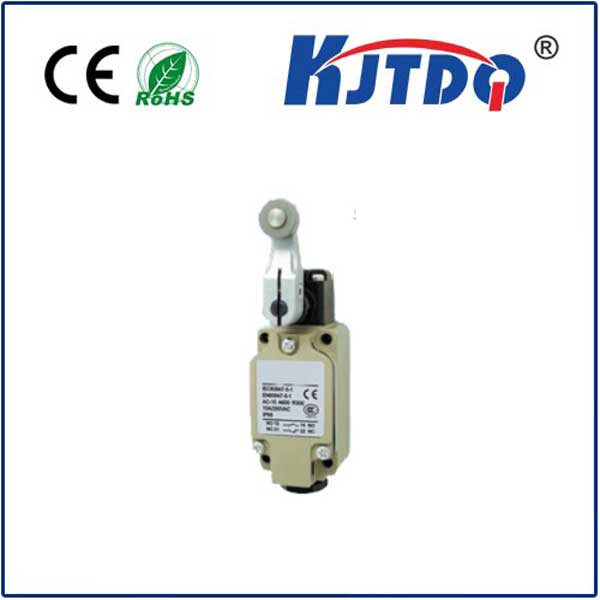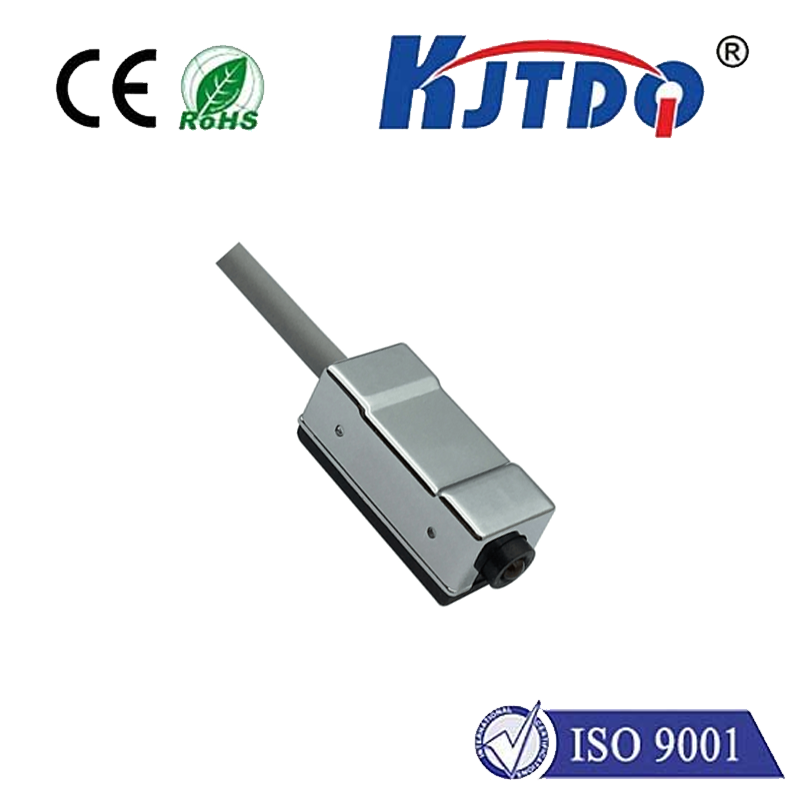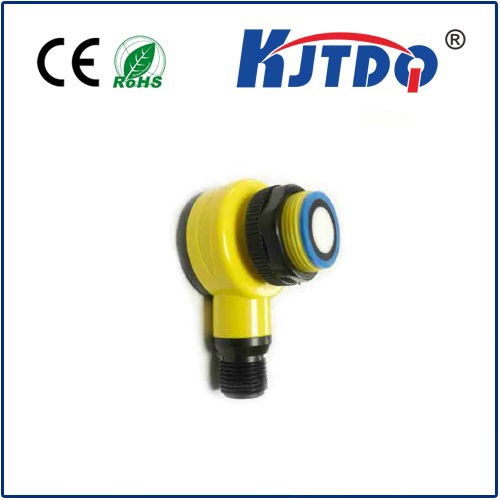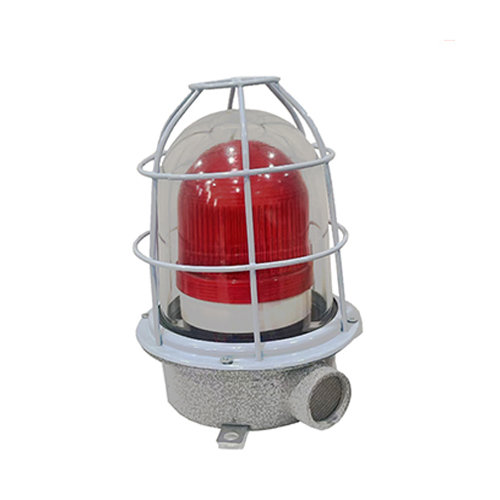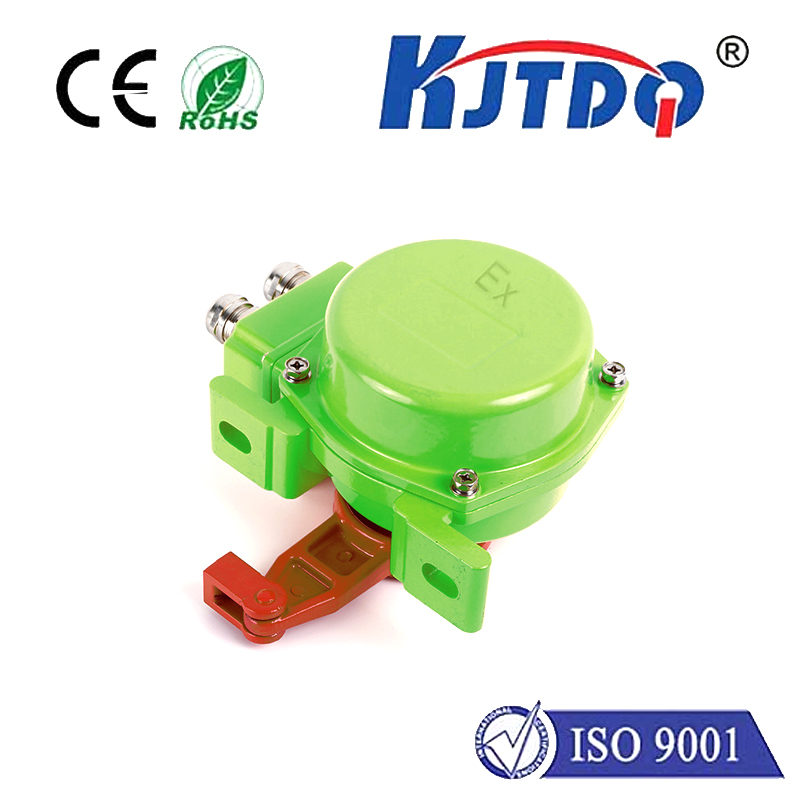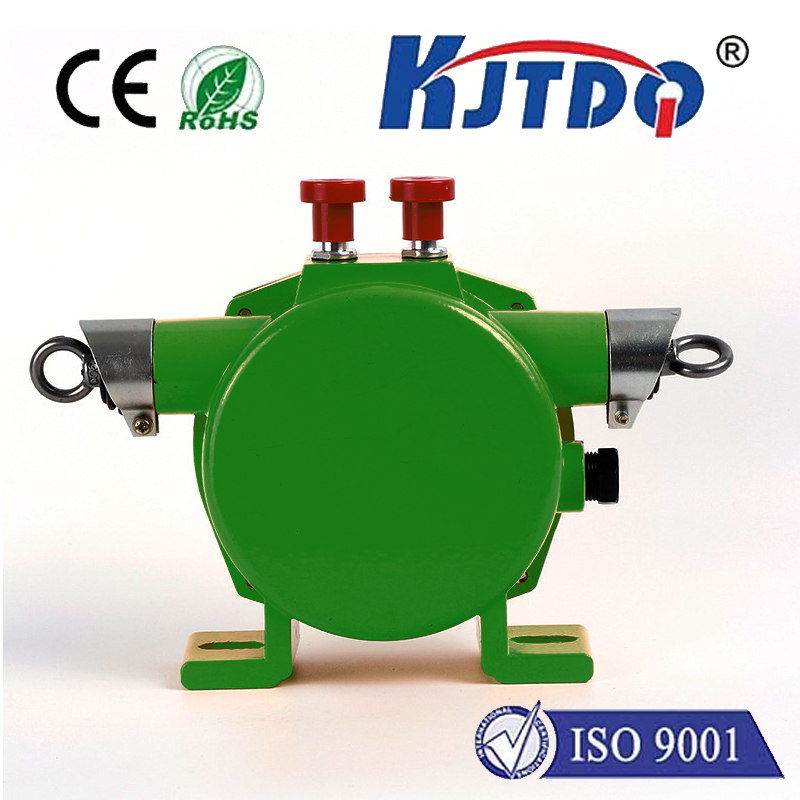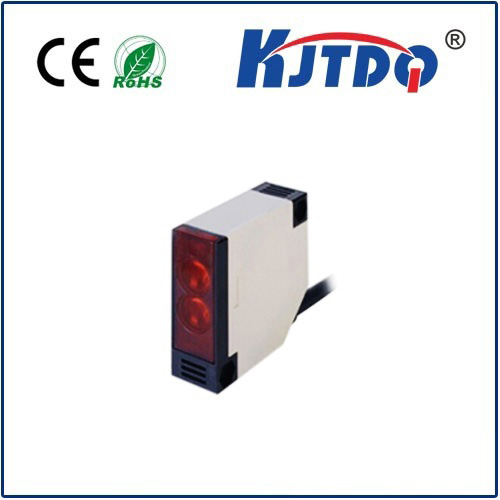proximity sensor for light switching
- time:2025-07-19 08:32:42
- Click:0
Light Up Your Space Effortlessly: How Proximity Sensors Transform Light Switching
Picture this: you’re fumbling for keys in a dim hallway, arms laden with groceries. Or walking down a deserted office corridor late at night, casting long shadows ahead. Wouldn’t it be magical if the lights simply knew you were there, illuminating your path precisely when needed and saving energy the rest of the time? This isn’t science fiction; it’s the practical reality delivered by proximity sensors for light switching, a technology quietly revolutionizing how we illuminate our spaces.
Beyond the Switch: What is a Proximity Sensor for Lighting?
At its core, a proximity sensor detects the presence or absence of an object (typically a person) within a defined range, without needing physical contact. When integrated into light switching systems, these sensors act as intelligent triggers. They continuously monitor their designated zone. When movement or presence is detected within this “field of view,” the sensor signals the lighting circuit to turn the lights ON. Conversely, when the area is unoccupied for a predetermined time (e.g., 30 seconds, 5 minutes), the sensor signals the lights to turn OFF automatically.
The Compelling Advantages: Why Choose Sensor-Controlled Lighting?
The shift from manual switches or even traditional motion detectors to sophisticated proximity detection offers tangible benefits:
- Significant Energy Savings: This is often the primary driver. Lights only operate when absolutely necessary. In areas like restrooms, storage closets, hallways, conference rooms, or warehouses – places people frequently enter and exit but don’t linger – eliminating “lights left on by accident” can reduce lighting energy consumption by 30% to 60% or more. Imagine the impact on utility bills in large buildings!
- Unmatched Convenience and Hands-Free Operation: Never struggle with a switch when your hands are full. Lights illuminate your path intuitively as you enter a room or corridor and turn off behind you. This is especially valuable in areas like stairwells, where safe navigation is critical, or in kitchens when hands are messy.
- Enhanced Hygiene: In environments like hospitals, laboratories, restrooms, or food preparation areas, minimizing contact with surfaces is crucial. Proximity-controlled lights eliminate the need to touch potentially contaminated switches.
- Boosted Security and Perception: Well-lit spaces automatically activated by someone’s presence deter unwanted activity. For occupants or visitors arriving at night, lights coming on as they approach a building entrance or dark hallway provides immediate reassurance and safety.
Where Do Proximity Sensing Lights Shine Brightest?
The applications for proximity sensor light switching are vast and growing:
- Commercial Spaces: Restrooms, private offices, conference rooms (turning off when empty), hallways, stairwells, storage rooms, warehouse aisles, parking garages.
- Residential Homes: Entryways/mudrooms, walk-in closets, pantries, laundry rooms, garages, basements, hallways, bathrooms.
- Public & Institutional Buildings: Libraries (study rooms), hospitals (patient rooms, corridors), schools (classrooms when vacant), government buildings (restrooms, utility areas).
- Industrial Settings: Equipment rooms, access corridors, secure zones requiring limited contact.
Proximity Sensors vs. Motion Sensors: Understanding the Nuance
While often used interchangeably, there’s a key distinction relevant to lighting control:
- Motion Sensors (PIR): Detect changes in infrared heat radiation – essentially, movement. They are excellent for large open areas but can struggle with very slow movement or fail if someone is completely still (like reading in a chair). They also typically have a wider, less precise detection field.
- Proximity Sensors: Detect the presence of an object (usually a person) within a specific range, often using capacitive, ultrasonic, or microwave Doppler technology. They excel at detecting presence even without significant movement. If calibrated correctly, they can tell if someone is simply sitting still within their field, meaning the lights stay on as needed. This makes them superior for small rooms, desks, or areas where occupants might be relatively stationary.
Choosing and Implementing: Key Considerations
Selecting the right proximity sensor for automatic light control involves several factors:
- Technology: (Ultrasonic, Microwave Doppler, Capacitive) - Each has strengths regarding range, sensitivity to movement vs. presence, and susceptibility to environmental interference.
- Detection Range and Pattern: Match the sensor’s coverage area (e.g., narrow corridor vs. large room) to your specific space.
- Mounting Height and Angle: Crucial for optimal coverage and avoiding false triggers (e.g., from HVAC vents).
- Time Delay Settings: Adjust how long the lights stay on after presence is no longer detected.
- Lux Setting (Light Level Sensing): Allows lights to turn on only when ambient light is below a certain level (e.g., for daylight harvesting in offices).
- Integration: Standalone sensors work for single fixtures or small zones. For whole-building automation, sensors integrating with systems like KNX, DALI, or proprietary smart home platforms are ideal.
The Future is Automatic and Intelligent
Proximity sensor light switching represents a significant leap towards smarter, more responsive, and more efficient environments. The technology seamlessly blends convenience, hygiene, and substantial energy savings, moving us away from wasteful habits of manual control.
As sensor technology advances and integrates more deeply with broader smart building and home automation ecosystems, we can expect even more sophisticated lighting behaviors. Imagine lights that adjust brightness based on the number of people, the time of day, or even individual preferences – all triggered by the simple, reliable detection of presence. The era of light switches gathering dust is fast approaching, illuminated by the quiet intelligence of proximity sensing.





